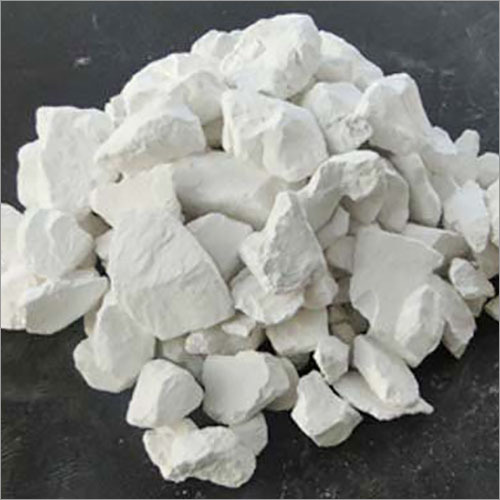

A chemical compound with formula (CaO) is a whitish, odorless alkaline substance, which does not dissolve well in water. It can be used as a lining material. Major use is in various industrial processes like metal smelting, paper bleaching, Sulphur neutralization in sugar and so many.
It is used in many water and waste water treatment operations such as softening. Quicklime is created by heating limestone as shown in the following equation:
Calcium oxide is usually made by the thermal decomposition of materials, such as limestone or seashells, that contain calcium carbonate (CaCO3; mineral calcite) in a lime kiln. This is accomplished by heating the material to above 825 °C (1,517 °F), a process called calcination or lime-burning, to liberate a molecule of carbon dioxide (CO2), leaving quicklime behind. This is also one of the few chemical reactions known in prehistoric times.
CaCO3(s) → CaO(s) + CO2(g)
Specification
Quick Lime Powder
Calcium oxide (formula: CaO), commonly known as quicklime or burnt lime, is a widely used chemical compound. It is a white, caustic, alkaline, crystalline solid at room temperature. The broadly used term lime connotes calcium-containing inorganic compounds, in which carbonates, oxides, and hydroxides of calcium, silicon, magnesium, aluminum, and iron predominate. By contrast, quicklime specifically applies to the single compound calcium oxide. Calcium oxide that survives processing without reacting in building products, such as cement, is called free lime.Preparation
Calcium oxide is usually made by the thermal decomposition of materials, such as limestone or seashells, which contain calcium carbonate (CaCO3; mineral calcite) in a lime kiln. This is accomplished by heating the material to above 825 °C (1,517 °F), a process called calcination or lime-burning, to liberate a molecule of carbon dioxide (CO2), leaving quicklime behind. This is also one of the few chemical reactions known in prehistoric times.
CaCO3(s) → CaO(s) + CO2(g)
The quicklime is not stable and, when cooled, will spontaneously react with CO2 from the air until, after enough time, it will be completely converted back to calcium carbonate unless slaked with water to set as lime plaster or lime mortar.
Widely use of Quick Lime Powder
- AAC block manufacturing
- Effluent treatment plant
- Road & building construction.
- Paint & pigment as chemicals
- Lubricants & petroleum refinery
